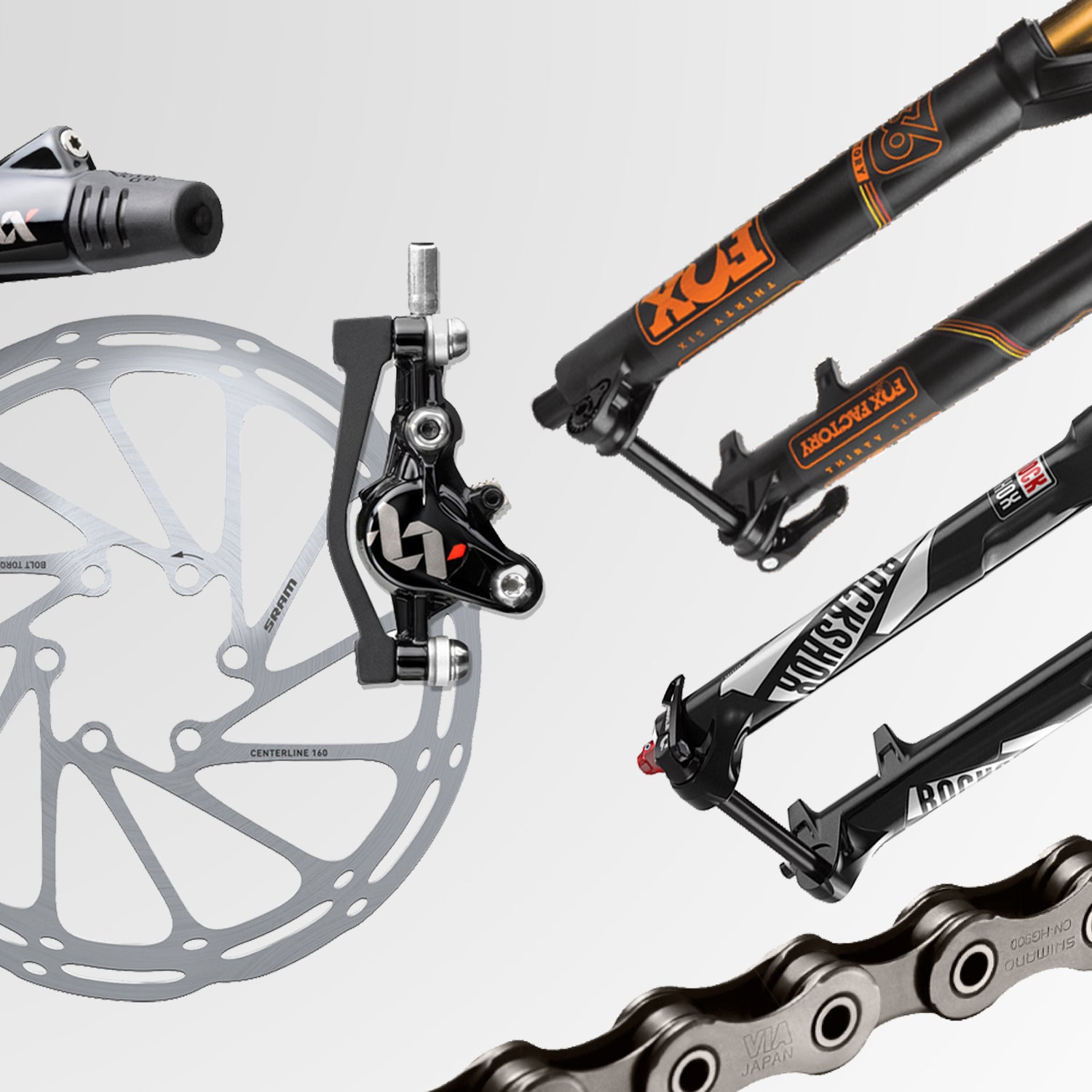When it comes to drivetrain and brakes, you really have only two brands to choose from: �����Ի� .��
The differences between the two companies come down to feel, finish, and engineering. Everyone has their preferences, but the truth is that components from both manufacturers work somewhere between relatively well and perfectly. They’ve sunk a lot of money into engineering and R&D at the top level, and while those parts are pricey, all that technology continues to trickle down to budget gear: Shimano SLX and Deore or SRAM X5 are both better than the premium components of just a few years ago.
1x
The biggest decision you’ll face is whether to go with two gears in front or just one. Single-ring setups—which use a wider range of gears in the rear cassette to make up for the single gear up front—are new and extremely popular at the moment for their simplicity and light weight. But what you gain in ease you lose in gear range: no 1×11 setup currently has the same extent of gears as 2x configurations. If you live somewhere mountainous or aren’t extremely fit, it’s worth sticking with the double ring up front. If you opt for a 1x drivetrain, a small front chainring (say, 28-tooth) will ease the gearing.
Fork and Shock
The other big variable on bikes is the quality of the fork and shock (or front and rear suspension). As with drivetrains, two big players, and , dominate the offerings, though there are reputable smaller manufacturers, such as Manitou, X Fusion, Marzocchi, and Bos.��
At the budget end, the safest and most common bet will be from one of the two big brands. That’ll work just fine. The more you spend, the lighter and more fine-tuned the suspension will become, with additional controls for damping, rebound (how quickly the suspension returns), low-speed adjustments, lockouts, and remote levers to control it all. The higher spec’d bikes tend to translate into a plusher, more tunable ride.



 Read our
Read our